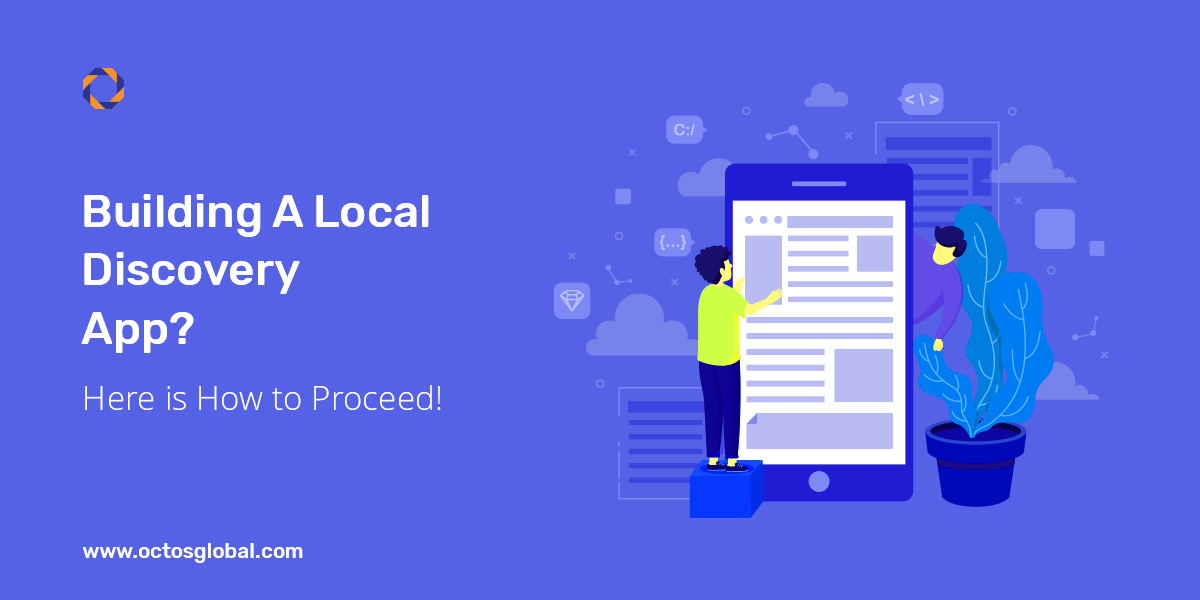Apps are the new websites. Yes, that is true. Have a look at the numbers:
a. By 2020, apps would be generating close to $190 billion annually in revenues. b. On Apple’s App Store alone, there are over 2 million apps registered in total. c. 90% of time spent on mobile is spent on some app. d. Mobile devices account for 53% of paid search clicks.
Apps are as a good as any website and they add the added functionalities of portability and customization. So, one thing is clear – iPhone app development has to be centric to your business strategy.
The Need for Local Discovery Apps
The retail travel industry is projected to grow to $85 billion by 2020. Of this entire segment, millennials will account for more the 50% of the growing demand. Hence on thing is for sure – businesses that are able to successfully satiate the demand of the millennial travelling habits, will grow aggressively in the same period.
Millennials are taking approximately 2.6 trips a year. Now, when you are travelling these many times a year, you will need one thing when you land up in a new destination – a local guide.
How to get started with a Local Guide app?
First and foremost – understand the market you want to be in.
In order to get started with the app development of your local guide, you have to know what type of guide do you plan to build:
a. Category Specific Discovery: You can have a local restaurant discovery app that helps users find the nearest local cuisine with customizable filters for results.
b. Marketplace Discovery Model: You can provide a marketplace for experiences and activities, where sellers can list their events and your users can navigate through the list on an interactive map.
c. User Behaviour Based Discovery: You can have a unique platform listing all the interesting things one can do in a city, based on proximity, mood and interests.
Now that you have your baseline idea ready, you have to decide what technology do you plan to use. Any competent app development company in USA will give you one of the following technology setups for your local guide app:
1. Mobile Location: This is the most commonly used way to generate a user’s location. That said, several businesses are already providing this functionality. Most of the times, mobile location is actually the best way to understand where a user is and then suggesting her what options she has around her.
Using mobile location to help users discover places around them has a couple of problems:
i. You will be competing directly with Google – which has more data and greater technology.
ii. You will have to depend on the internet connection which may or may not be uniform everywhere.
A good way to get use mobile location as the base to building a local guide would be to use the Google Maps and then provide more relevant customization possibilities to users.
For instance, Google uses basic demographic data and search history to recommend places. You can use better filters such as mood, hobbies or friend’s recommendations to filter through same places.
A good app development company can easily help you adapt the very basic Google Maps to your desired filters for customizing results.
2. Manual Entry: This is yet another frugal way to detect user location. You ask the user to manually enter her current or desired location and then help them discover everything relevant to them in that specific location.
Here, you are simply outsourcing the core job of detecting location on the user. An added advantage here is that you are providing your users a sense of privacy and immunity from invasion, where they have a control on what they want to reveal about their current or future locations.
That said, this option also comes with its own set of issues:
i. Users are not always aware of their exact locations. If they are unable to point on the right spot on the map, you will get the wrong inputs and might fail in providing the right results.
II. Users may resort to searching on your app and then going there manually. Here, you will not be able to showcase your lead generation efficacy to the businesses that have registered on your platform.
III. Beacon Based Proximity Detection: Beacon has been a recent revolution. Here, Bluetooth and physical beacons can be used for detecting proximity.
All you have to do is hire iPhone app developer and integrate the beacons on with your app. The beacons will naturally point at the nearest registered business on your local guide and your users will be able to do so without spending out on their mobile data.
In Conclusion
Building a local guide is all about using all the data relevant to a geography and customizing it according to user behavior and preferences. If you are able to do that, you will have a thriving local guide app running in no time.

